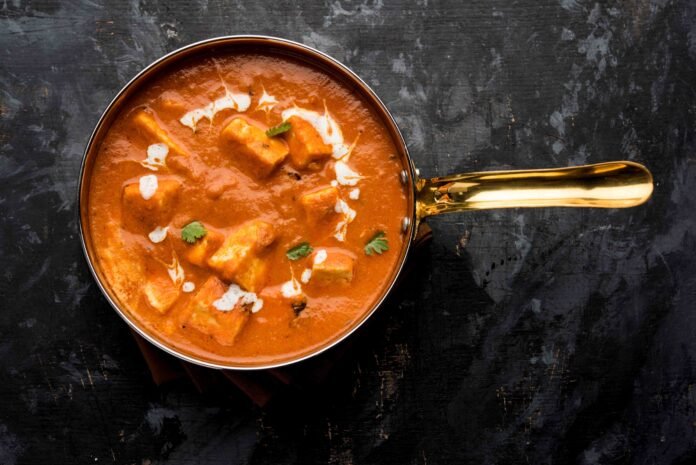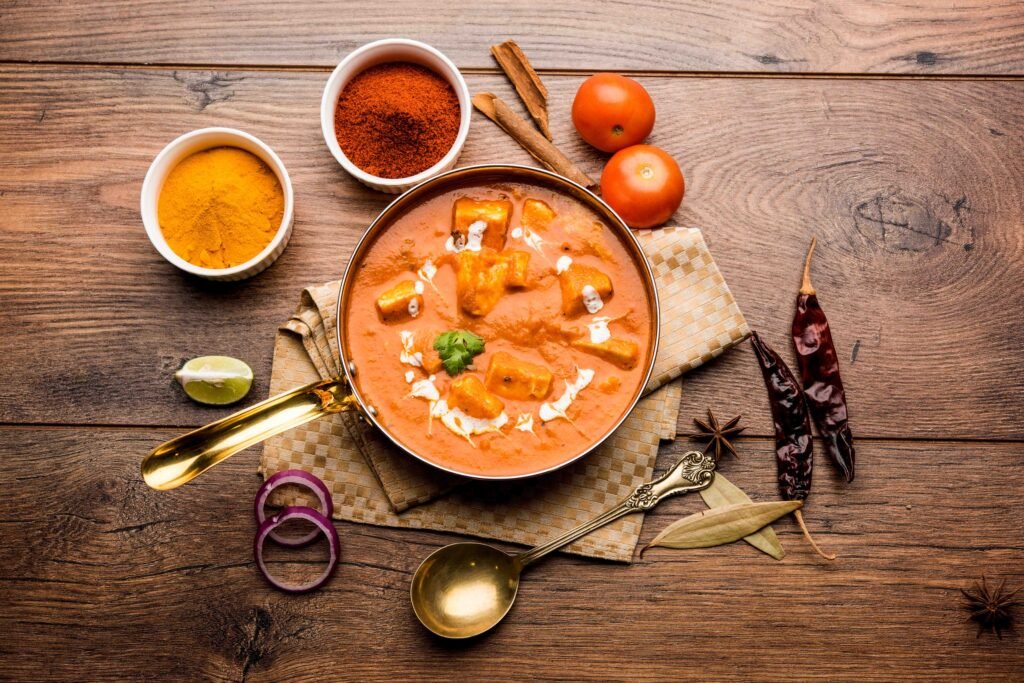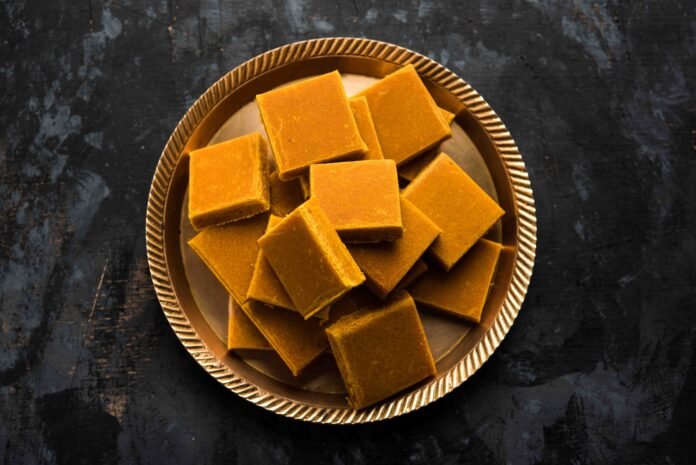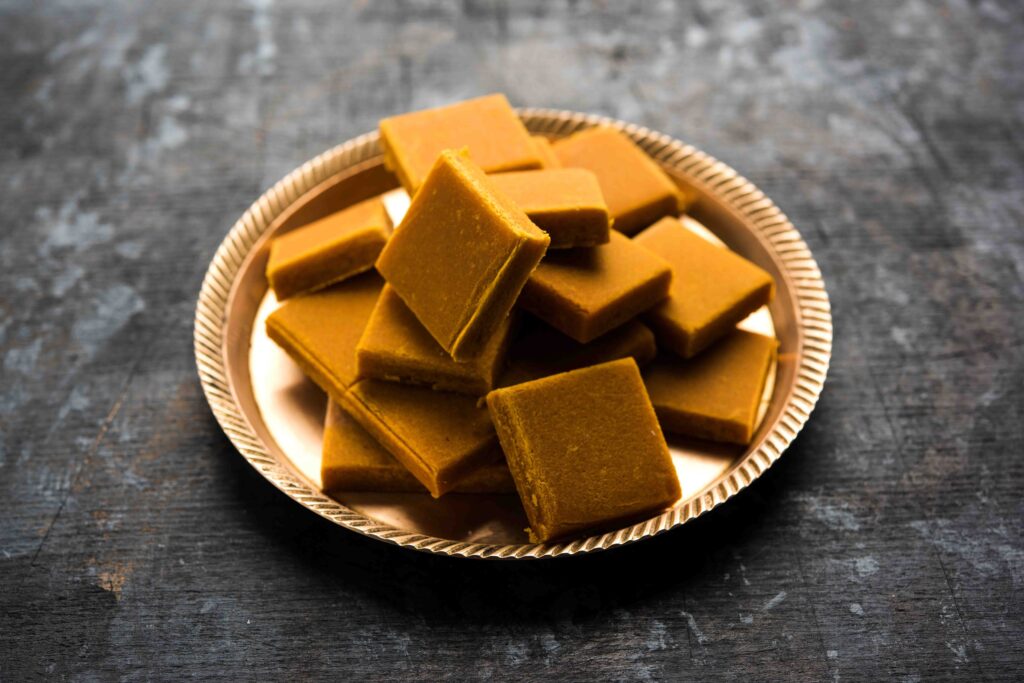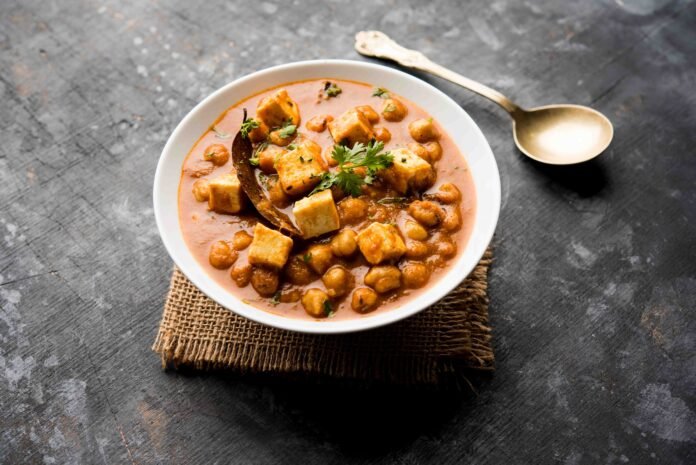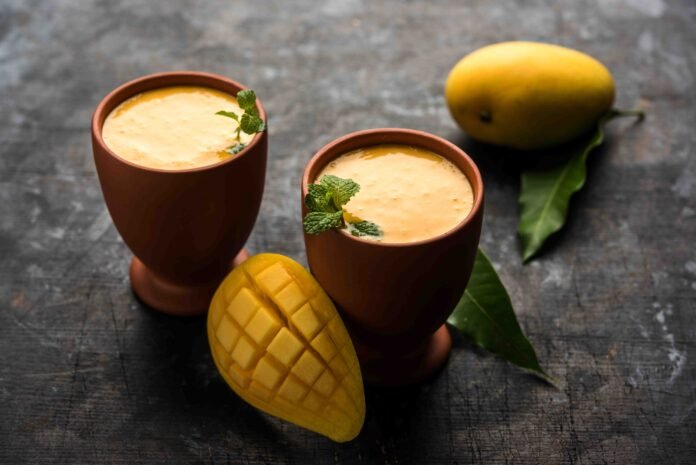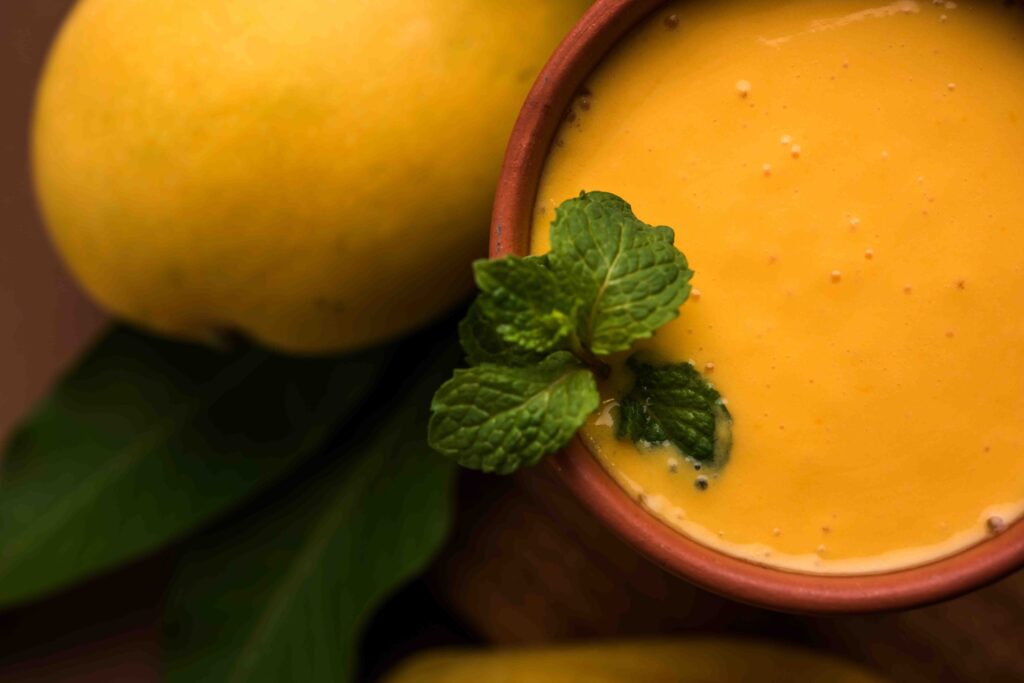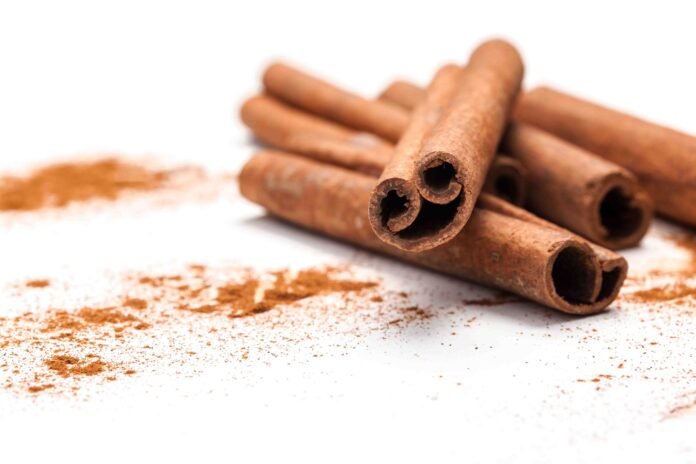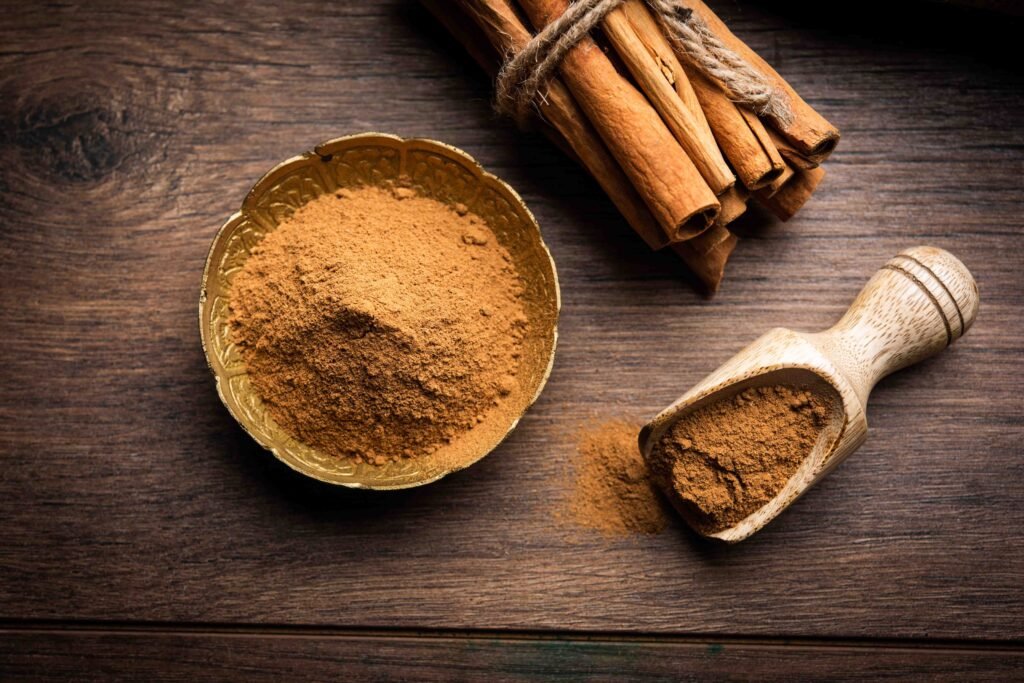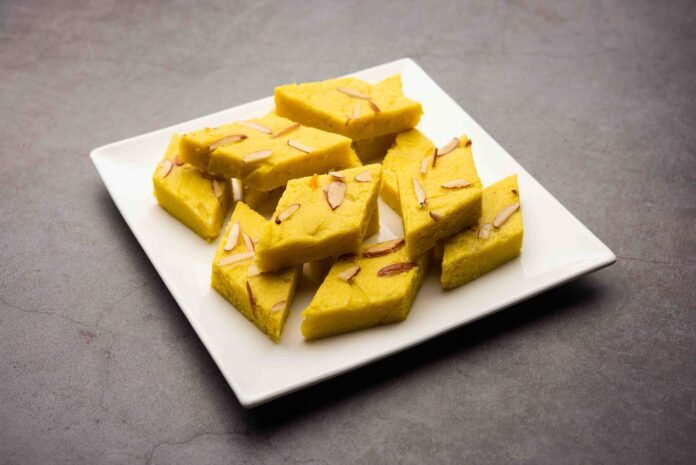Who doesn’t love a good cheesecake? And when it’s topped with fresh, juicy strawberries — it’s downright heavenly. This Strawberry Cheesecake Recipe is the perfect blend of creamy, tangy, and sweet with a buttery graham cracker crust and a crown of vibrant strawberry topping. Whether you’re a baking newbie or a dessert connoisseur, this is a recipe you’ll want to keep in your back pocket forever.
Key Ingredients
Cream Cheese – The Star of the Show
Use full-fat, brick-style cream cheese (not the spreadable kind). It gives the cheesecake that dense, rich texture everyone loves.
Fresh Strawberries – Sweet, Juicy, and Vibrant
You’ll need them for the topping and (optionally) to blend into the filling. Choose ripe, red, fragrant strawberries for best results.
Graham Cracker Crust – A Buttery, Crunchy Base
Crushed graham crackers mixed with melted butter and sugar form the classic cheesecake foundation.
Sugar, Vanilla & Eggs – Binding It All Together
Sugar sweetens, vanilla adds aroma, and eggs hold everything in place while baking.
Optional Toppings and Swirls
Want to get fancy? Add strawberry puree swirls, chocolate drizzle, or even a gelatin glaze for a glossy finish.
Essential Tools You’ll Need
-
9-inch Springform Pan – Makes removing the cheesecake clean and easy.
-
Electric Mixer – Stand or handheld, both work.
-
Food Processor – For crushing graham crackers (or use a ziplock and rolling pin).
-
Cooling Rack – Essential for proper airflow after baking.
-
Roasting Pan – For the water bath.
Step-by-Step Recipe Instructions
1. Make the Graham Cracker Crust
-
Ingredients:
-
1½ cups crushed graham crackers, ⅓ cup melted butter, 2 tbsp sugar
-
Mix everything in a bowl until it resembles wet sand.
-
Press into the bottom (and slightly up the sides) of your springform pan.
-
Bake at 175°C (350°F) for 10 minutes. Let cool.
2. Prepare the Cream Cheese Filling
-
Ingredients:
-
3 packs (8 oz each) cream cheese, softened
-
1 cup sugar
-
3 large eggs
-
1 tsp vanilla extract
-
1 cup sour cream
-
-
Beat cream cheese and sugar until smooth.
-
Add eggs one at a time, mixing on low speed.
-
Stir in vanilla and sour cream until well combined.
3. Bake the Cheesecake (Water Bath Method)
-
Wrap the outside of the pan with 2–3 layers of foil to prevent leaks.
-
Pour batter into the crust.
-
Place the pan in a large roasting dish. Add hot water halfway up the sides.
-
Bake at 160°C (325°F) for 60–70 minutes until the center is slightly jiggly.
-
Turn off the oven, crack the door, and let it sit for 1 hour.
4. Chill the Cheesecake
-
Remove from oven and water bath.
-
Cool to room temperature.
-
Refrigerate for at least 6 hours or overnight.
5. Make the Fresh Strawberry Topping
-
Slice 1½ cups fresh strawberries.
-
In a pan, heat with 2 tbsp sugar and 1 tsp lemon juice.
-
Simmer until slightly thickened, about 5–7 minutes.
-
Let cool completely before spooning over the chilled cheesecake.

Tips for a Perfect Cheesecake
-
Use room temperature ingredients to avoid lumps.
-
Don’t overmix — too much air leads to cracks.
-
A water bath helps keep the top smooth and creamy.
-
Allow plenty of chilling time for best texture and flavor.
Variations and Flavor Twists
No-Bake Strawberry Cheesecake
Skip the oven entirely by using a gelatin-set filling and chilling for 8+ hours.
Chocolate Drizzle or Ganache Layer
Add a thin layer of dark chocolate ganache before the strawberry topping.
Strawberry Swirl Cheesecake
Blend strawberries into part of the batter and swirl before baking.
Mini Cheesecake Cups
Make them in muffin tins for adorable individual servings.
Serving Suggestions
-
A dollop of fresh whipped cream takes it over the top.
-
Add a few whole fresh strawberries or a sprig of mint for garnish.
-
Sprinkle some lemon zest for a refreshing citrus kick.
Make Ahead and Storage Tips
-
Make Ahead: You can prepare it 2–3 days in advance.
-
Storage: Keep in the fridge, covered, for up to 5 days.
-
Freezing: Freeze slices (without toppings) for up to 2 months.
-
Slicing Tip: Use a sharp knife dipped in hot water and wiped clean between slices.
Why You’ll Love This Recipe
This isn’t just dessert — it’s celebration on a plate. It’s the kind of dessert that gets people asking for seconds (and the recipe). It’s creamy, tangy, sweet, and topped with strawberries that make it feel like summer all year round.
Common Mistakes to Avoid
-
Overmixing the batter introduces air bubbles that lead to cracks.
-
Skipping the water bath can cause uneven baking.
-
Cutting too soon — always chill the cheesecake completely.
Final Thoughts
This Strawberry Cheesecake recipe is pure bliss. With a rich and creamy filling, buttery crust, and juicy strawberry topping, it’s the ultimate dessert for birthdays, holidays, or lazy weekends. Take it slow, follow the steps, and you’ll bake up a cheesecake worthy of any bakery display — but way more satisfying because you made it.
FAQs
1. Can I use frozen strawberries?
Yes, just thaw and drain them first to avoid excess moisture in the topping.
2. What’s a good substitute for graham crackers?
You can use digestive biscuits, vanilla wafers, or crushed Oreos.
3. How do I fix a cracked cheesecake?
Cover it with strawberry topping or whipped cream — no one will notice!
4. Can I make it without eggs?
Yes, use an egg substitute or try a no-bake cheesecake version.
5. How long should cheesecake cool before serving?
Let it cool to room temperature, then refrigerate for at least 6 hours, preferably overnight.



